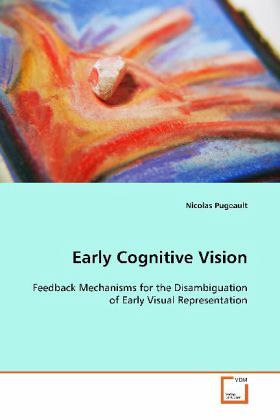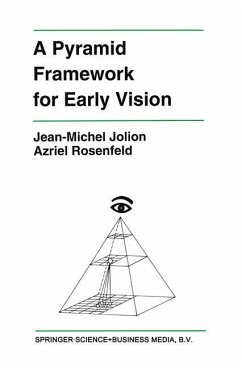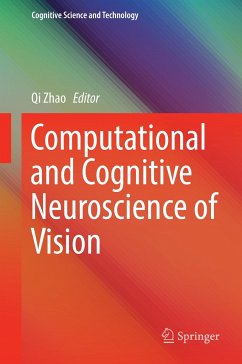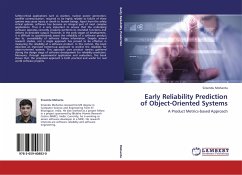
Early Cognitive Vision
Feedback Mechanisms for the Disambiguation of Early Visual Representation
Versandkostenfrei!
Versandfertig in 6-10 Tagen
45,99 €
inkl. MwSt.

PAYBACK Punkte
23 °P sammeln!
In this monograph we present an Early CognitiveVision framework that aims at providing a rich andreliable scene representation from visualinformation. This framework preserves conflictinghypothesis in its early stages, and makes use offeedback mechanisms between different visualprocesses and layers of representation to achievedisambiguation. The first part presents how symbolic local image descriptors are extracted fromthe responses of early vision filters, and howperceptual grouping constraints can be applied to theresulting image representation. A second partdiscusses the use of stereopsis t...
In this monograph we present an Early Cognitive
Vision framework that aims at providing a rich and
reliable scene representation from visual
information. This framework preserves conflicting
hypothesis in its early stages, and makes use of
feedback mechanisms between different visual
processes and layers of representation to achieve
disambiguation. The first part presents how
symbolic local image descriptors are extracted from
the responses of early vision filters, and how
perceptual grouping constraints can be applied to the
resulting image representation. A second part
discusses the use of stereopsis to reconstruct an
equivalent 3D representation of visual information.
Interactions between perceptual grouping, stereopsis
and 3D reconstruction processes are discussed. The
third part integrates visual information across time
to further disambiguate the representation. This
framework has been used successfully in several
contexts that are discussed in the conclusion of this
book.
Vision framework that aims at providing a rich and
reliable scene representation from visual
information. This framework preserves conflicting
hypothesis in its early stages, and makes use of
feedback mechanisms between different visual
processes and layers of representation to achieve
disambiguation. The first part presents how
symbolic local image descriptors are extracted from
the responses of early vision filters, and how
perceptual grouping constraints can be applied to the
resulting image representation. A second part
discusses the use of stereopsis to reconstruct an
equivalent 3D representation of visual information.
Interactions between perceptual grouping, stereopsis
and 3D reconstruction processes are discussed. The
third part integrates visual information across time
to further disambiguate the representation. This
framework has been used successfully in several
contexts that are discussed in the conclusion of this
book.












